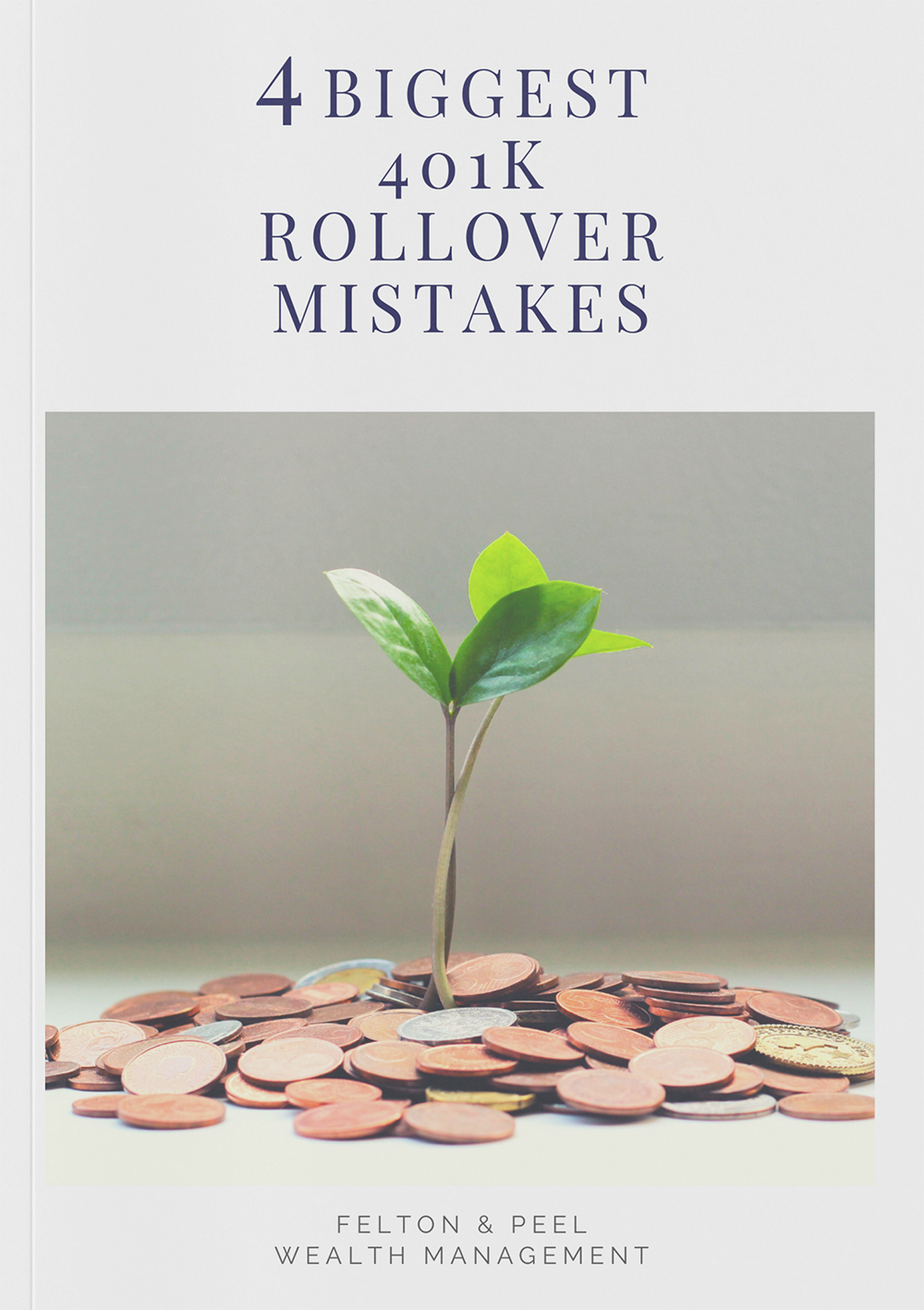
4 Ways to Lower Your Required Minimum Distributions (RMDs)
How many full-time jobs have you had in your lifetime? (Yes, including that time you were a barista right after undergrad?)
Chances are, for each of them, you’ve contributed to a workplace retirement plan such as a 401(k), 403(b), or 457. And while the coffee-shop coffer might be miniscule, the account you contributed to once you became seasoned in your career—while working, say, as Facebook’s legal analyst—could hold a bounty.
Regardless of how many such accounts you own or how much you contributed to them, most of them have one thing in common: You’re required to start making withdrawals once you reach a certain age. Those required withdrawals are known as RMDs, or Required Minimum Distributions.
Let’s take a closer look at how RMDs work, why you might want to lower them—and how to do so.
Why are RMDs a Big Deal?
RMDs apply to a wide variety of retirement savings vehicles, including traditional IRAs, 401(k)s, 403(b)s, 457s, SEP IRAs, profit-sharing plans, and more. As of 2024, you must begin making withdrawals (if you haven’t already) by the age of 73.
Okay, you might be saying. What’s the big deal? You contribute money to your retirement account and are then mandated to withdraw it at a later date—sounds like the natural order of operation, right?
Well, when you take a closer look, you can begin to see how RMDs can present challenges during retirement. For instance, RMDs can:
- Force you to liquidate your investments to pay for the taxes taking RMDs generates
- Increase your taxable income, potentially leading you into higher brackets for federal and even state and local taxes (if you don’t live in a state that doesn’t tax 401(k)/IRA distributions)
- Increase your Medicare premiums
- Prompt taxation of your Social Security income
- Complicate estate planning and your loved ones’ inheritance via income in respect of a decedent (IRD)
- Disqualify you from key discount programs with income limitations during your retirement years
- Be assessed a penalty as high as 25% of the RMD if you do not take them
Yikes. Reducing RMDs (and their related risks) is sounding better and better, right? Fortunately, there are a few steadfast ways to do so.
1. Roth Conversions
Though introduced more than 25 years ago, Roth IRAs are only now becoming more of a staple in Americans’ financial playbooks. They come with many benefits—including the fact that they’re not subject to RMDs.
Even if your retirement funds are currently in a traditional (pre-tax) account, you can take advantage of this attractive benefit by performing a Roth conversion. How does it work? You simply transfer funds from your traditional IRA or other qualified retirement plan account to the Roth IRA, paying taxes on the amount of the transfer during the tax year it’s made in. (Depending on your existing retirement balance, the short-term tax burden of the conversion may be significant—but still worthwhile in the long run.)
To illustrate, let’s assume that your tax bracket over the next four years will be 24%, 32%, 22%, and 32%—and then rise to 35% in retirement. Implementing a Roth Conversion during any of the four working years may make sense because the tax you pay on the transfer will be less than the tax you’d pay on retirement distributions. (Obviously, if you choose the 22% year, all the better.)
And the kicker? There is no tax on the appreciation from the funds while they grow inside the Roth IRA (so long as you hold them for five years and reach age 59.5 before withdrawal). Compare that to the ordinary income tax rate you’d have paid on the same funds had you left them in your traditional IRA or company retirement plan.
The rule of thumb: If you assume your tax rate will be higher in retirement than it is currently and have excess funds to pay the taxes (outside of your retirement accounts)—or simply want to avoid RMDs during retirement—a Roth conversion might be the right move for you.
2. Working Longer
Americans are living longer—and some are working longer, too. It is expected that by 2032, one in every 10 Americans over age 75 will still be working, compared to 2002’s one in 20.
As long as you’re working, you can delay taking RMDs from the retirement account sponsored by your current employer—so long as you’re not an owner of 5% or more of the company. This delay in taking your required distributions can buy you time to employ different cash flow, tax, or estate planning strategies to reduce your RMD-related tax burden while you’re still “on the clock.”
Note, however, that this loophole doesn’t apply to IRAs or workplace retirement plans from previous employers. One workaround worth considering: You could roll over your previous retirement plan accounts and traditional IRAs into your current employer’s plan, which would thus allow you to avoid RMDs on your entire retirement savings balance until you clock out for the last time.
3. Donating your RMDs to Charity
Qualified charitable donations (QCDs) allow individuals to donate up to $105k from an IRA directly to a public charity of their choice. If you’re feeling generous, this can be a marvelous option to reduce or completely satisfy your annual RMD while simultaneously contributing to a greater cause.
Let’s say you are on the alumni board at your alma mater and you’d like to contribute to the construction of a new student center. A QCD can help you satisfy those mandatory RMDs while also leaving behind a lasting legacy.
4. Considering Your Spouse’s Age
If you are at least 10 years older than your spouse, you can take advantage of a little-known strategy to reduce your RMDs. Simply naming your spouse as the sole beneficiary of your qualified retirement account or IRA may make you eligible to use the Joint Life and Last Survivor Expectancy IRS table versus the Uniform Lifetime table to calculate your RMDs.
By qualifying to using the Joint Life and Last Survivor table, you’re able to take into account your spouse’s longer life expectancy when calculating your RMDs—which means they’ll be smaller.
While many savvy savers can DIY their retirement strategy fairly well, working with a financial planner can take your retirement to the next level. We can help you develop a custom-tailored plan of action to navigate RMDs and everything else to do with your nest egg, optimizing your retirement savings—and your future.
At Felton & Peel, we’re here to help. Schedule your free consultation today.







